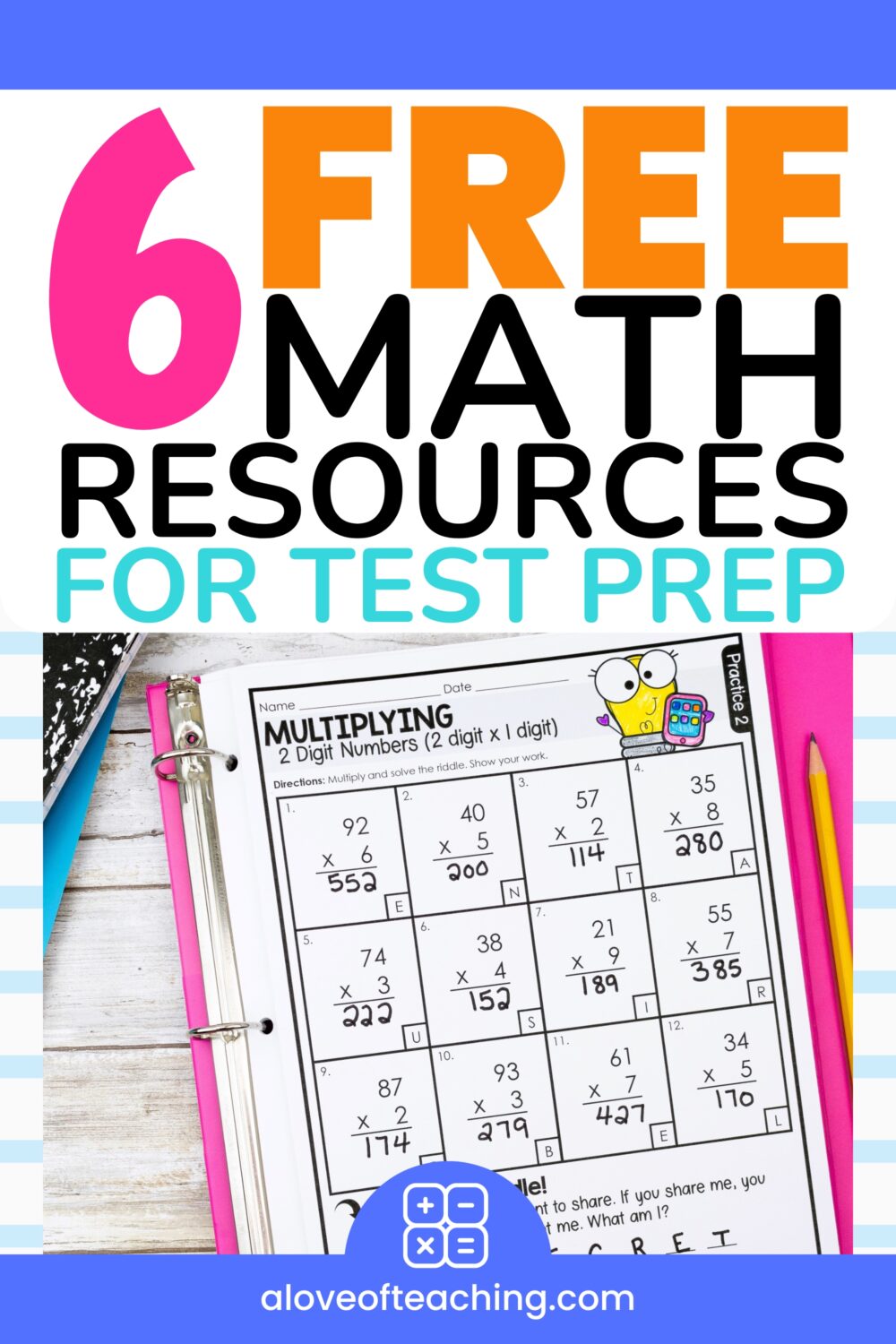
6 Free Math Resources for Test Prep
As spring approaches, so does standardized testing for most teachers. Love it or hate it, testing season always seems to sneak up quickly. As students

As spring approaches, so does standardized testing for most teachers. Love it or hate it, testing season always seems to sneak up quickly. As students
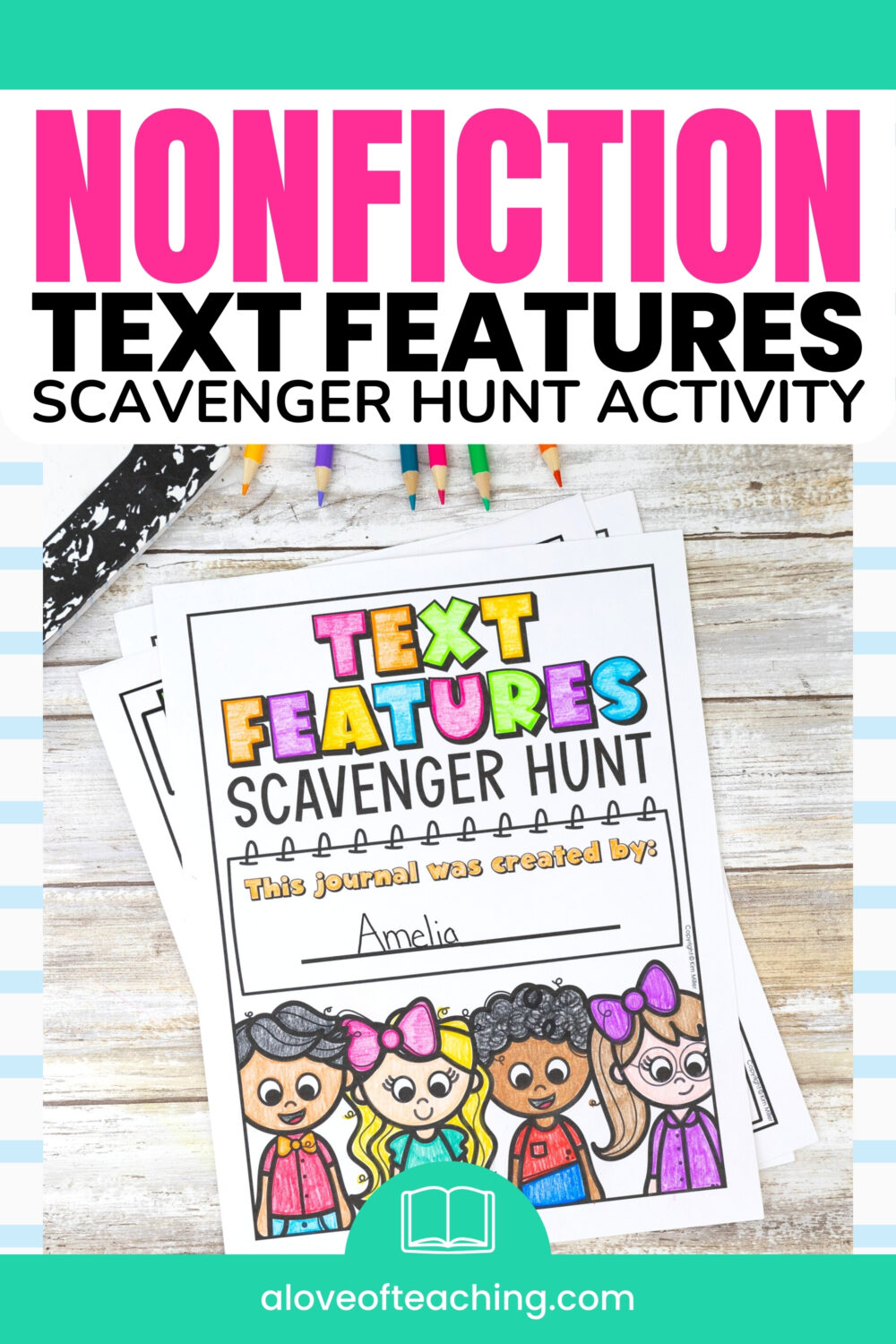
Reading nonfiction texts in the classroom is an excellent way to build a solid foundation of knowledge. This is due to nonfiction texts spanning many
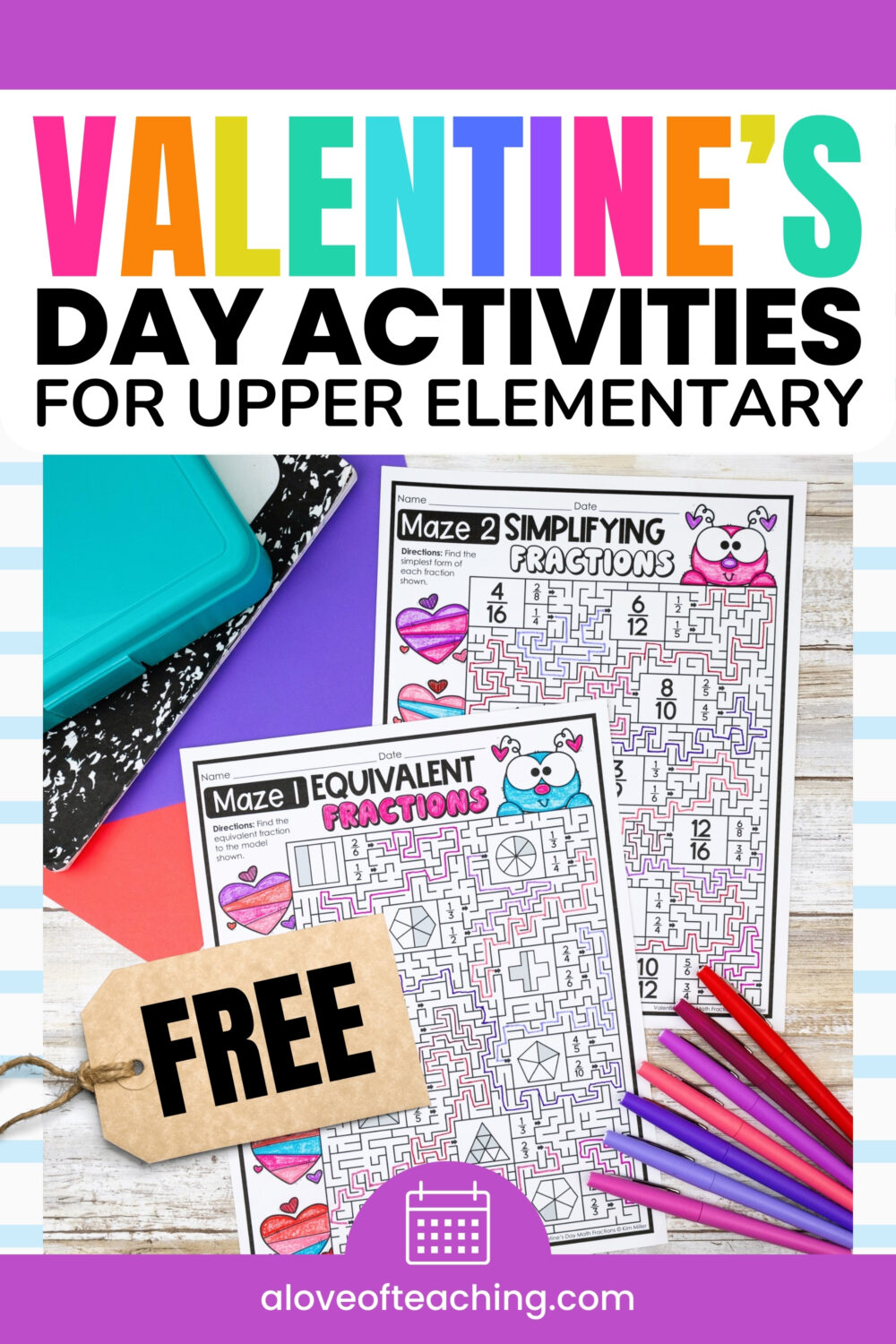
February 14th is fast approaching! Upper elementary students eagerly await the fun-filled day to pass out Valentine’s cards they have bought or prepared with love.
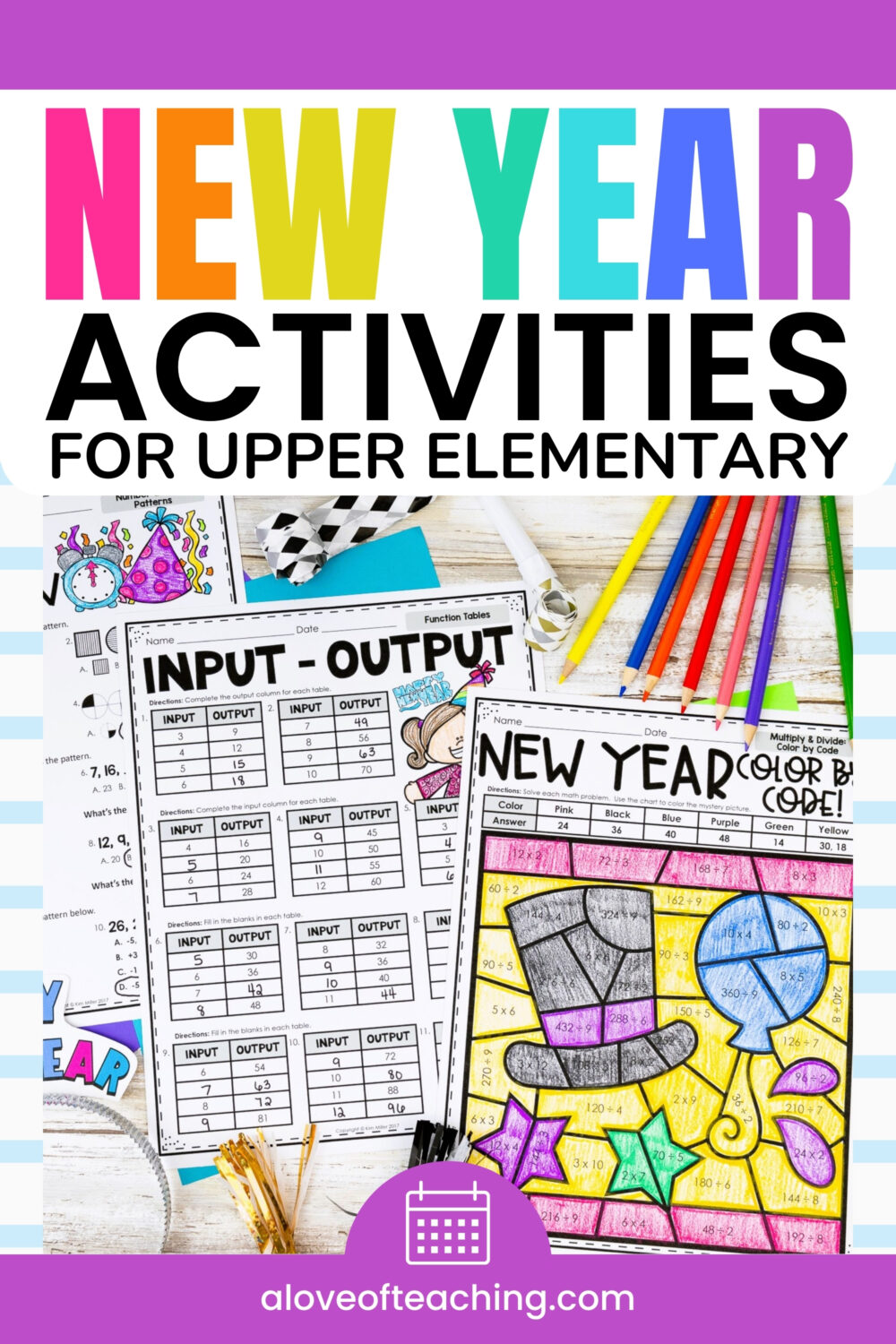
The New Year is one of the best times of year in the upper elementary classroom! It is a time of focus, redirection, and the perfect opportunity to reflect and set new goals. Celebrating the New Year with students with fun yet educational activities will set the tone for a fantastic second school semester. As the winter break winds down for teachers, our thoughts shift back to lesson plans and curriculum. Luckily, there are no-prep New Year activities for upper elementary that are ready to go! With these fantastic New Year activities at your fingertips, you can sit back and enjoy the last few days of your winter break.
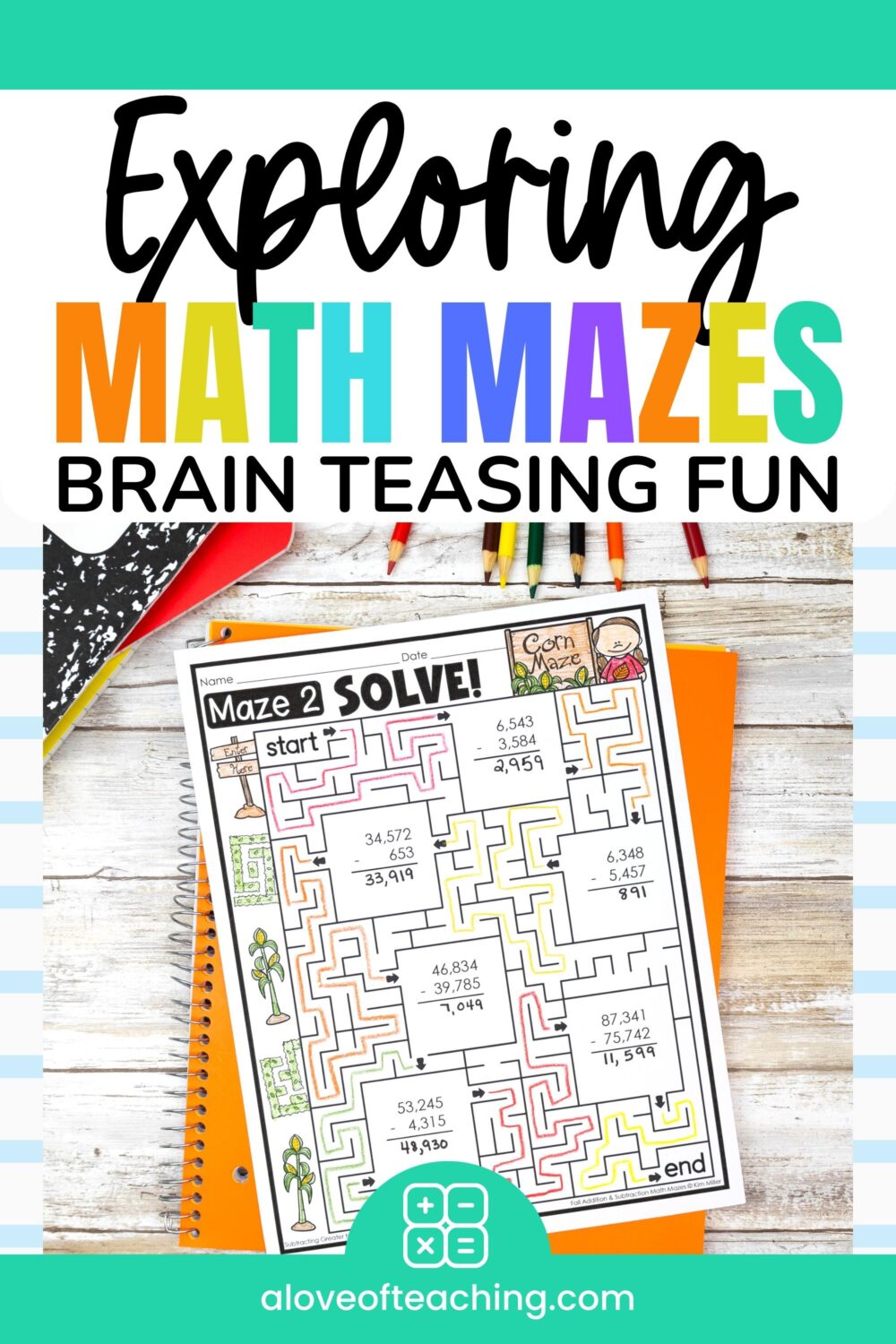
Fall is officially in full force! Students have settled into their classroom, begun learning new skills, and are excited about transitioning to fall. The beginning of fall is the perfect opportunity for teachers to introduce fun math lessons into their routines. Luckily, Fall Math Mazes are the perfect brain-teasing activity to practice math skills and have fun! Teachers can make learning math an exciting adventure with this amazing fall resource!
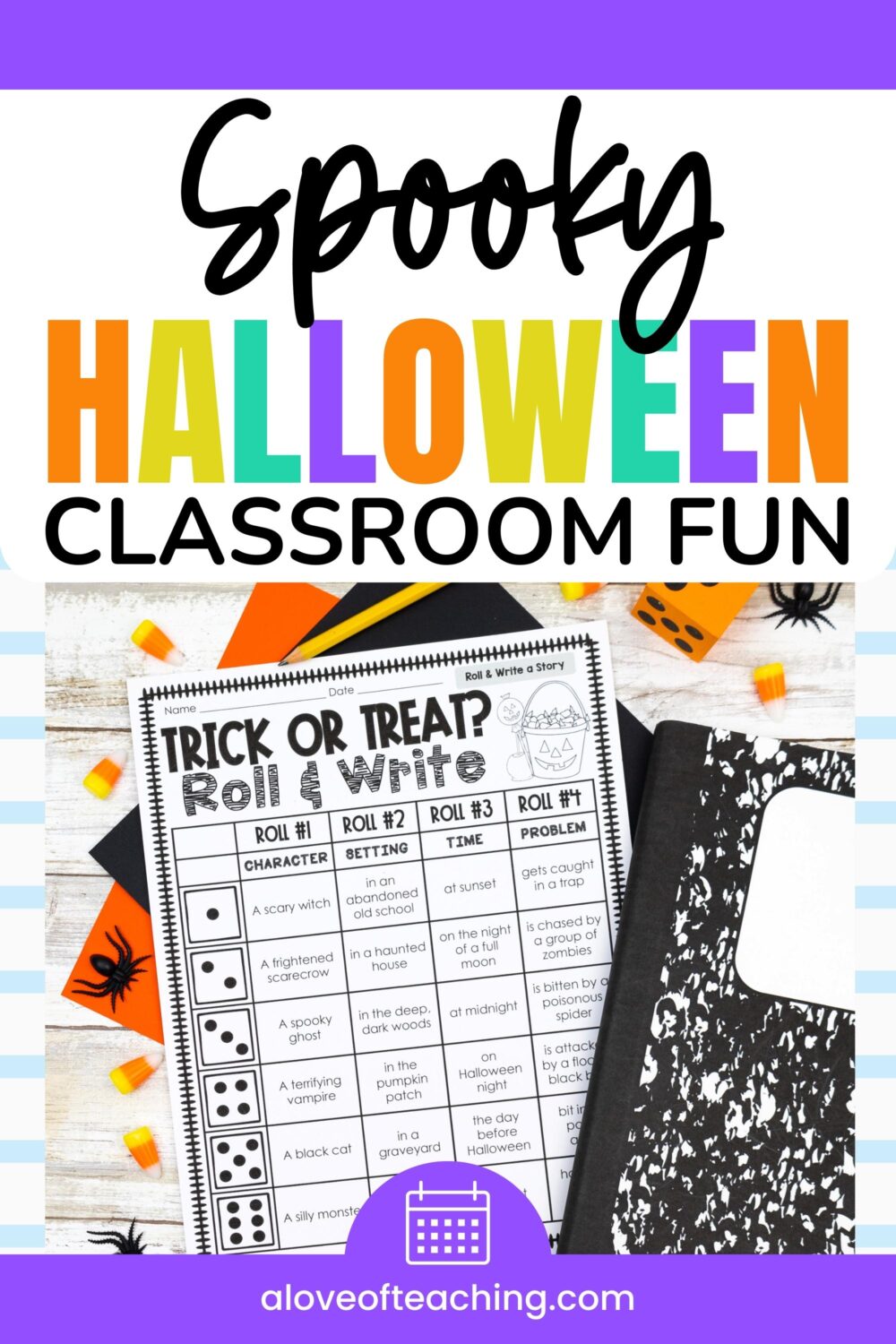
As the air gets cooler and the autumn breeze rolls through, colorful leaves and pumpkins decorate the classrooms. October brings a different kind of excitement between costumes, candy, and spooky stories. Upper elementary students begin counting down the days to trick-or-treating as teachers are busy crafting festive lessons to fit the month’s vibe! Honestly, keeping students focused on academics during this busy month is tough. Luckily, there are ready-to-go Halloween activities to keep students learning and bring in the spooky fun!
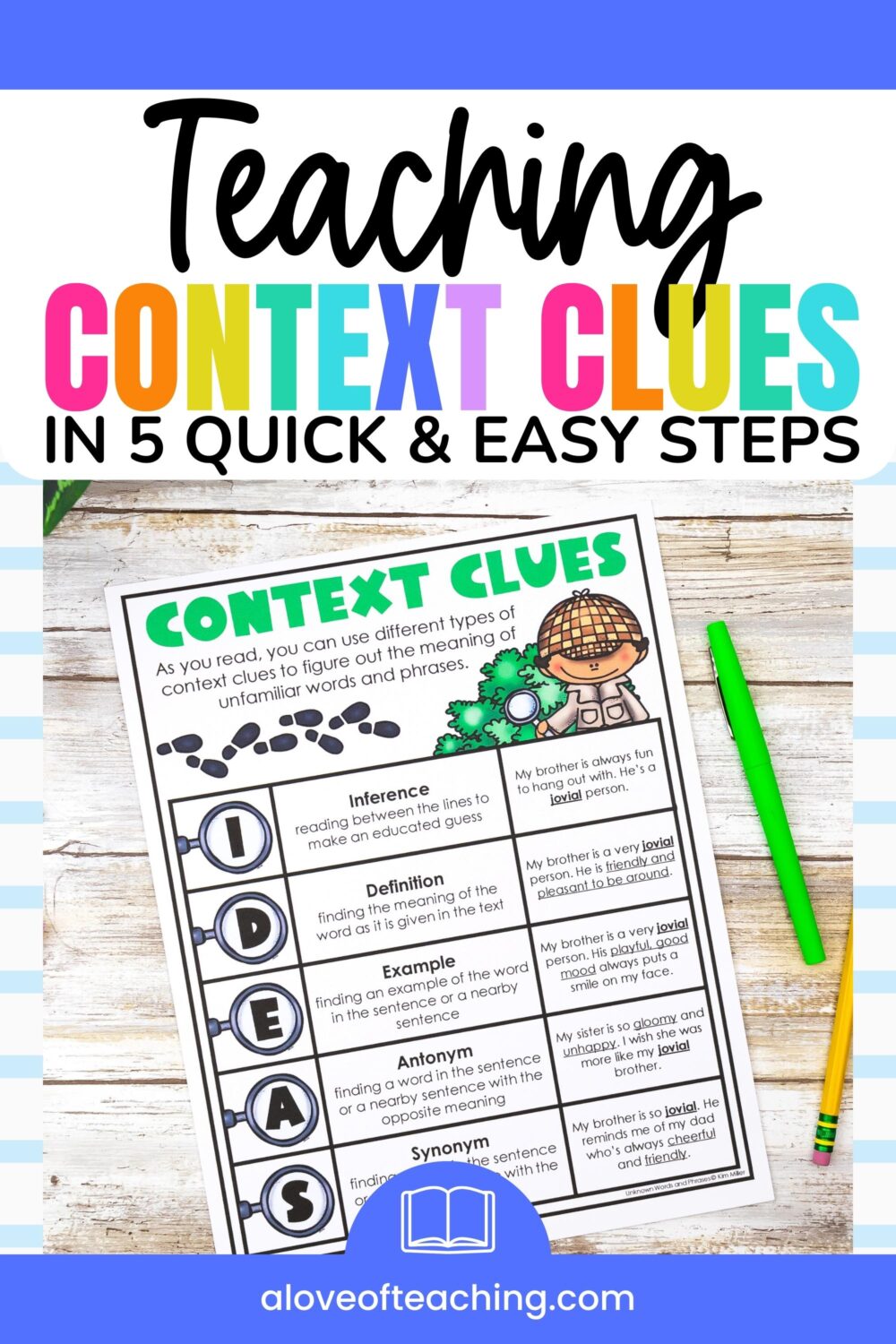
How many of your students totally dread each vocabulary test? Let me guess: too many to count! Memorizing vocabulary words is one way to increase
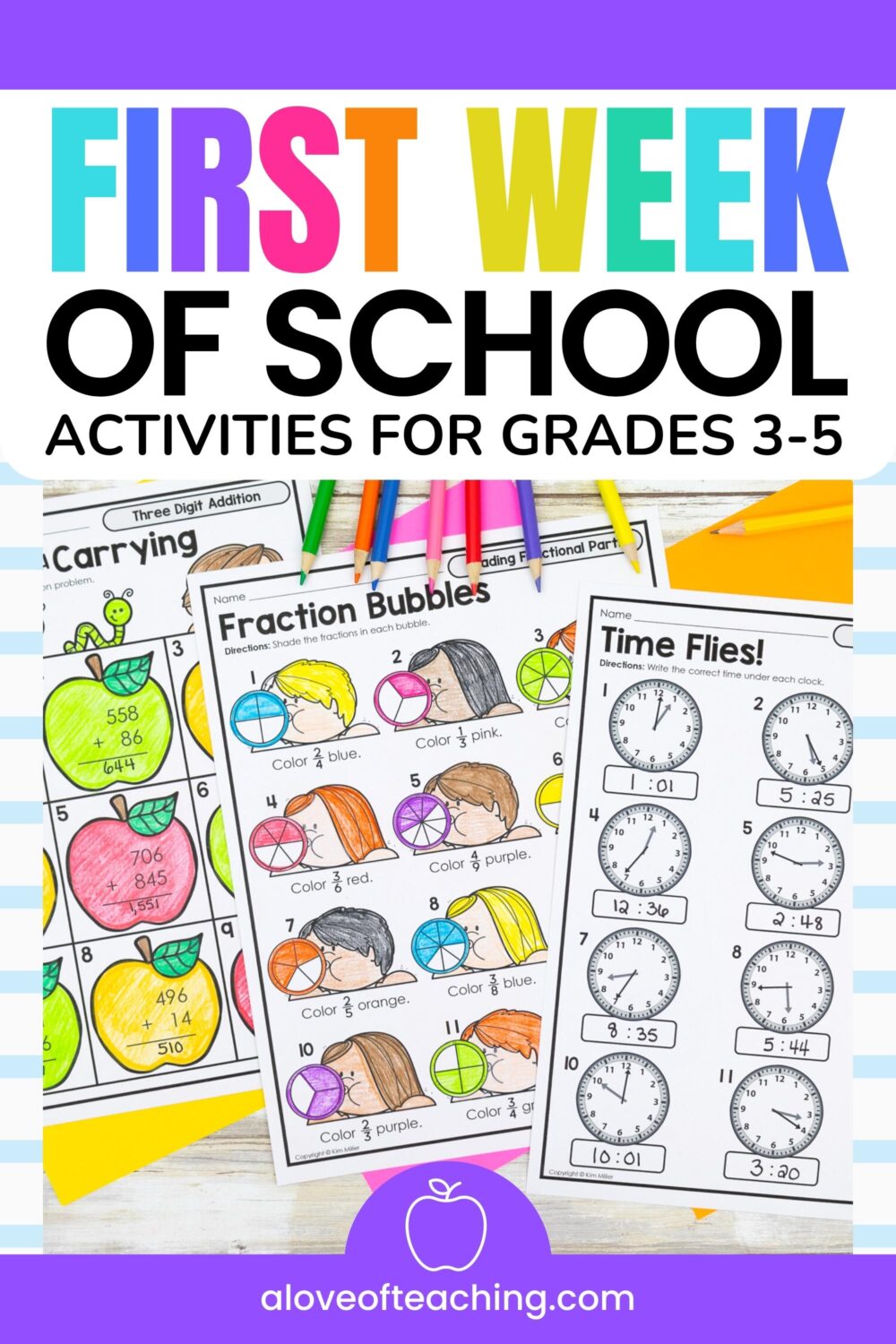
Are you ready for the first week of school? Ready or not, a brand new class of students is coming, and they will be eager
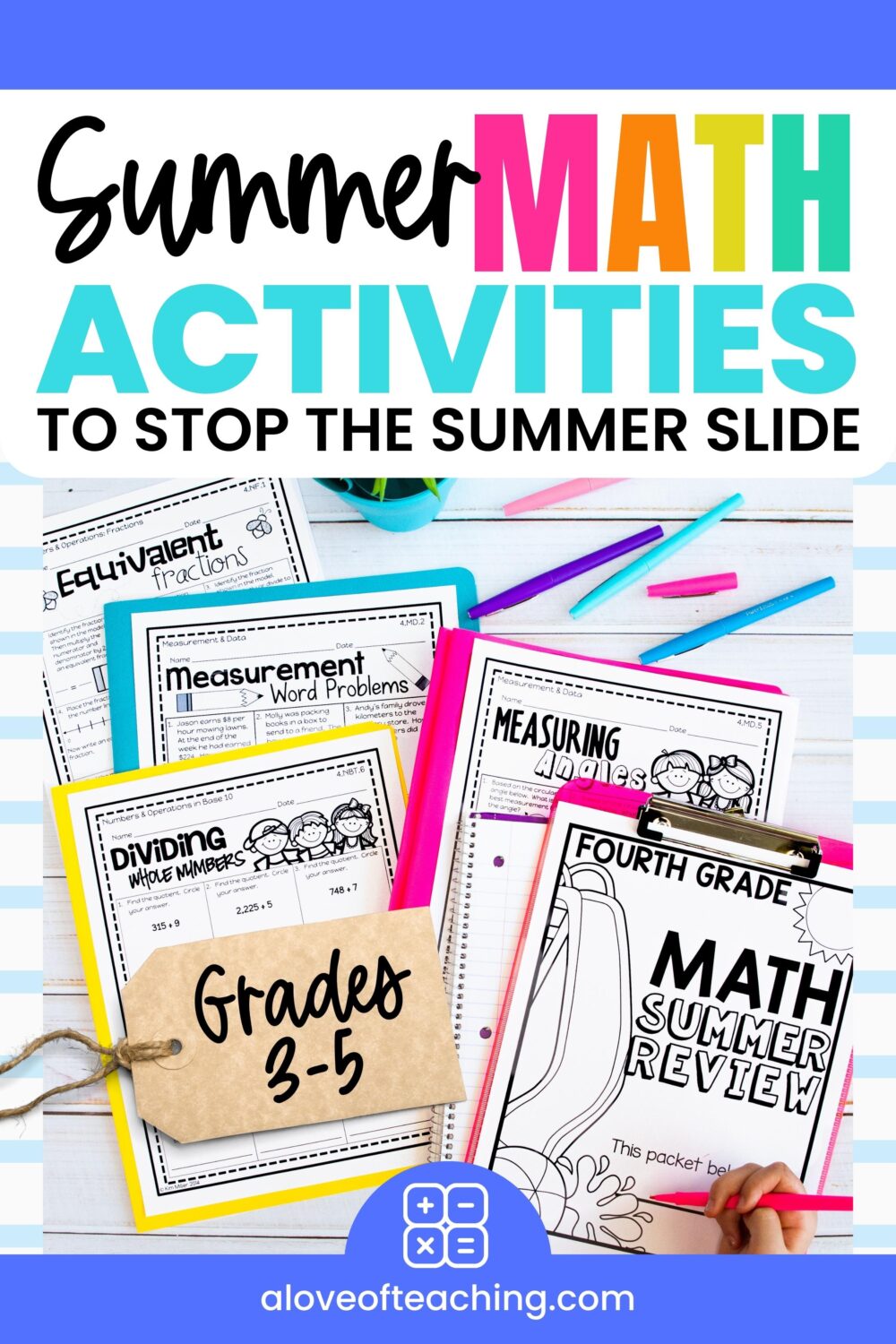
As summer break inches closer, summer math activities are the last thing on students’ minds. They are ready to trade textbooks for beach towels and classroom desks for sunny adventures, right? Well, hold on just a moment! While most students want to leave those pesky multiplication tables and formulas behind, practicing math during the summer can be a fantastic idea because just when you think it’s safe to stop learning, the summer math slide swoops in to steal your students’ skills!
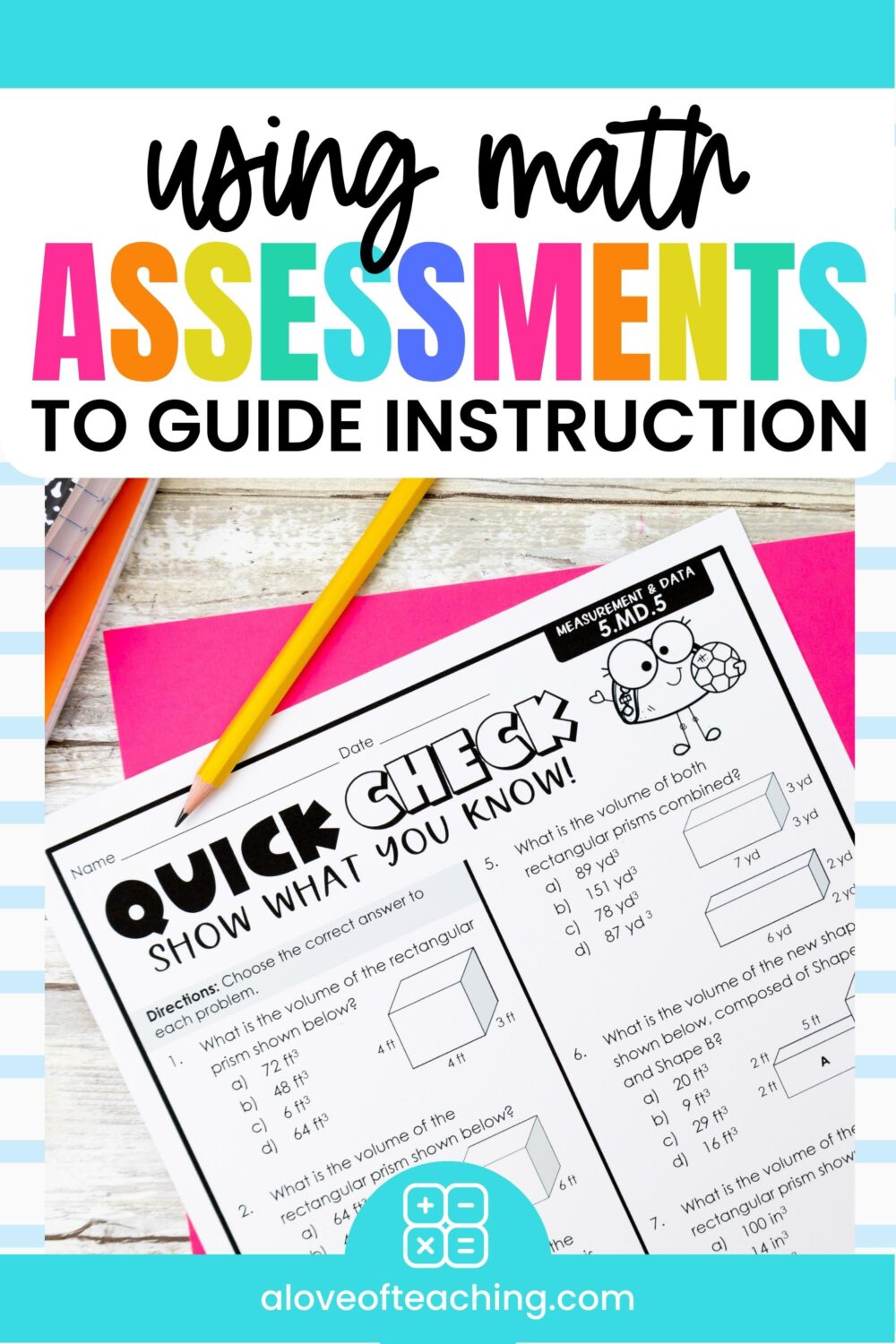
Mastering math skills is necessary to lay the foundation for future learning and prepare students for end-of-year testing. Quick math assessments to guide instruction are one way to assess your students’ math skills. To ensure each student receives personalized instruction to succeed on their tests, teachers need an efficient way of quickly assessing each student’s knowledge level. That’s where Math Quick Checks come into play—they allow teachers to evaluate individual performance so they can adjust teaching methods accordingly while at the same time helping students reach mastery by testing day!
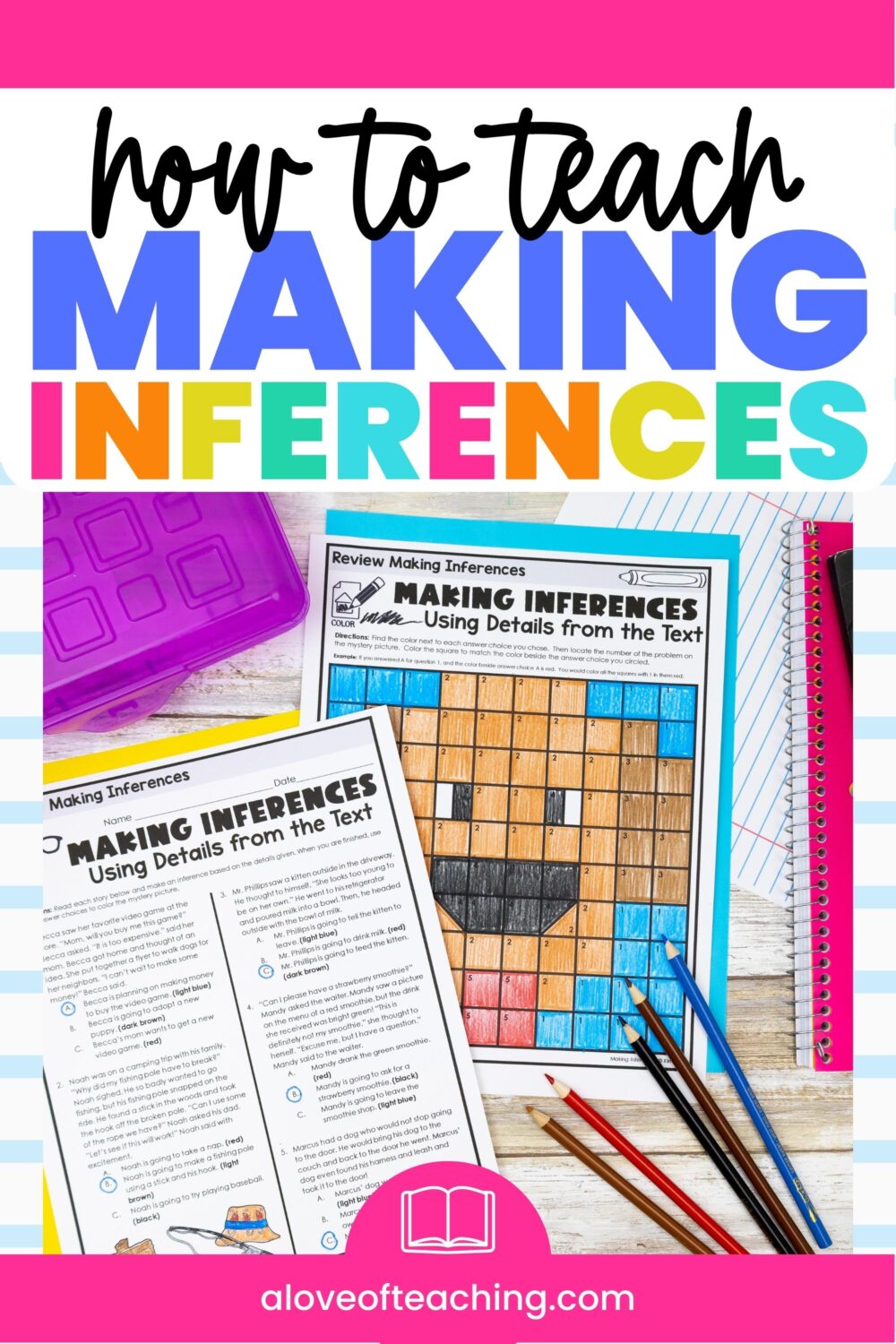
Teaching your students how to make inferences is essential to unlocking their reading potential. This challenging skill requires sharp critical thinking and the ability for readers to understand more than just what’s written on paper. Inferencing is a concept often referred to as “reading between the lines.” If you are having difficulty teaching this important lesson, here are some helpful tips. These 5 steps will take your students from struggling with inferencing skills to becoming masters!

Nonfiction text features are essential to reading comprehension and help students better understand the topics they’re studying. Teaching nonfiction text features in the classroom is a great way to engage students, build their understanding, and improve their overall literacy skills.
In this blog post, we will explore five simple strategies teachers can use to teach nonfiction text features in the classroom. With these strategies, you will be able to provide your students with the knowledge and skills they need to interact effectively with any nonfiction material they encounter. Let’s get started!
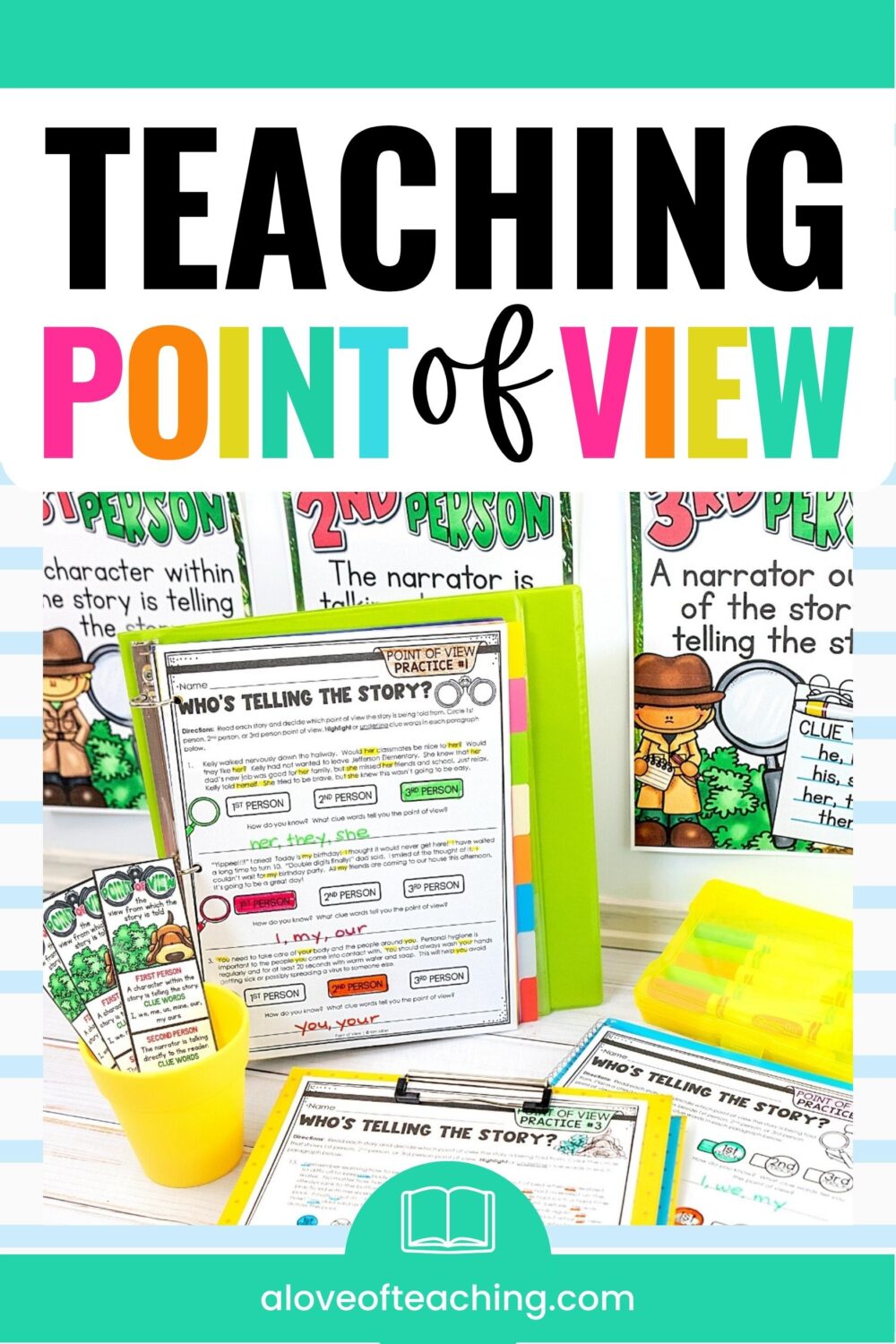
Students love to be detectives, right? Well, if you are teaching point of view in the upper elementary classroom, now is the perfect time to get your student’s magnifying glasses out! Here, I will show you some tips on how to engage your students in learning all about point of view.
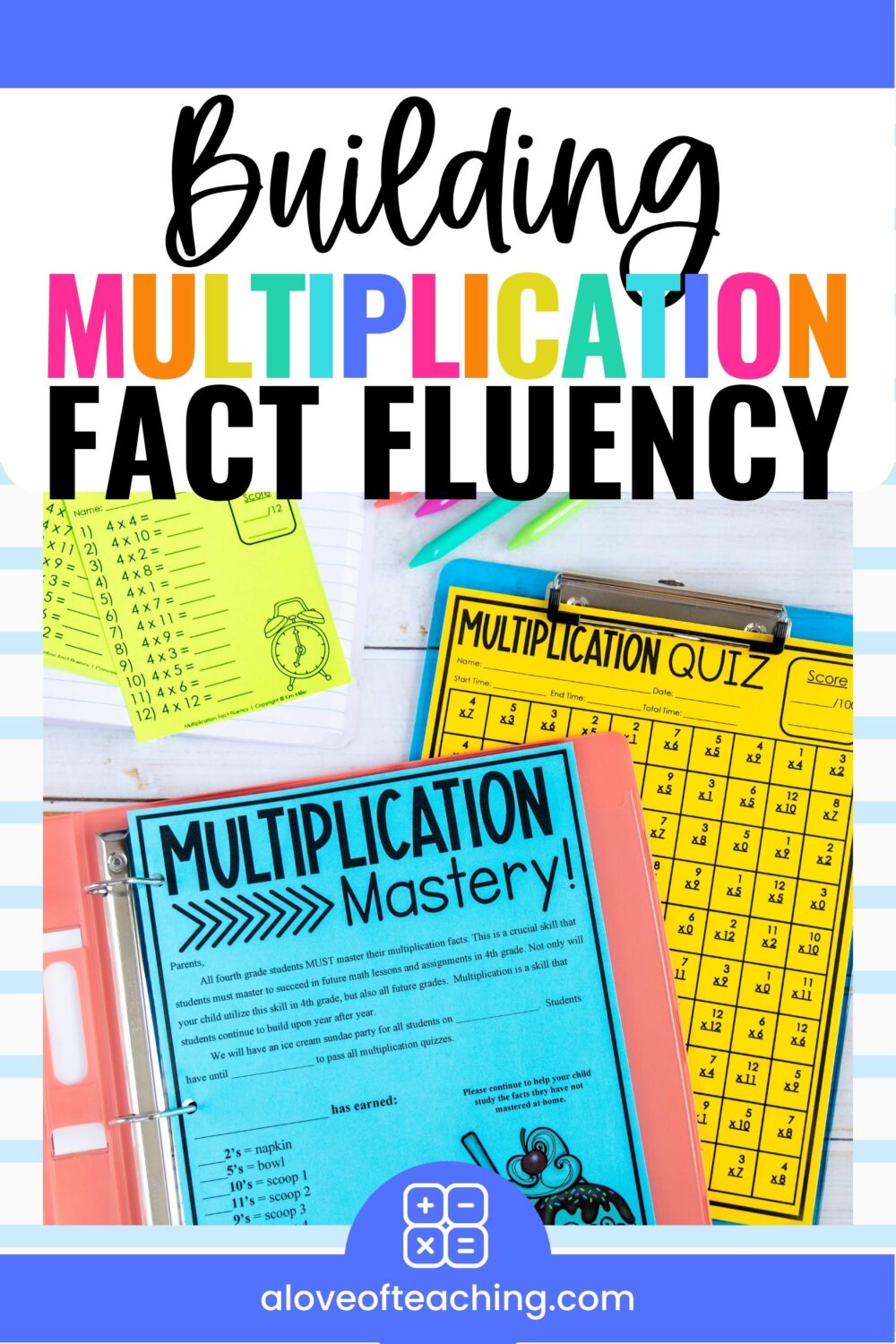
We hear a lot about fluency in the ELA world. We want our students to be fluent readers and writers in order to be successful. But what about math fluency? It’s just as important as reading fluency. It begins with addition and subtraction facts and continues to multiplication and division. Some students have trouble becoming fluent in mathematical concepts. Let’s talk all about why you need multiplication fluency in your classroom.

Does the thought of teaching figurative language make you feel as sick as a dog? Teaching figurative language like idioms, adages, and proverbs can be daunting if you don’t have a plan in place before you get started. Using figurative language in everyday conversations is something we as adults take for granted, but our young learners haven’t acquired the skills necessary to use idioms, adages, and proverbs correctly just yet. We all know the proverb, “A friend in need is a friend indeed!”, and I’m here for you my friends! I am so excited to share my tips and tricks for teaching figurative language with you.

I’m Kim, the founder of A Love of Teaching. My ultimate goal is to empower teachers to reclaim their afternoons and weekends, all while feeling confident in their role as educators. I’m passionate about inspiring teachers with fresh ideas and providing them with time-saving materials.
I’m happy you’re here!
COPYRIGHT © 2024. Kim Miller.
| Cookie | Duration | Description |
|---|---|---|
| cookielawinfo-checbox-analytics | 11 months | This cookie is set by GDPR Cookie Consent plugin. The cookie is used to store the user consent for the cookies in the category "Analytics". |
| cookielawinfo-checbox-functional | 11 months | The cookie is set by GDPR cookie consent to record the user consent for the cookies in the category "Functional". |
| cookielawinfo-checbox-others | 11 months | This cookie is set by GDPR Cookie Consent plugin. The cookie is used to store the user consent for the cookies in the category "Other. |
| cookielawinfo-checkbox-necessary | 11 months | This cookie is set by GDPR Cookie Consent plugin. The cookies is used to store the user consent for the cookies in the category "Necessary". |
| cookielawinfo-checkbox-performance | 11 months | This cookie is set by GDPR Cookie Consent plugin. The cookie is used to store the user consent for the cookies in the category "Performance". |
| viewed_cookie_policy | 11 months | The cookie is set by the GDPR Cookie Consent plugin and is used to store whether or not user has consented to the use of cookies. It does not store any personal data. |